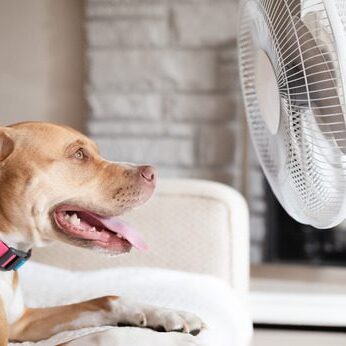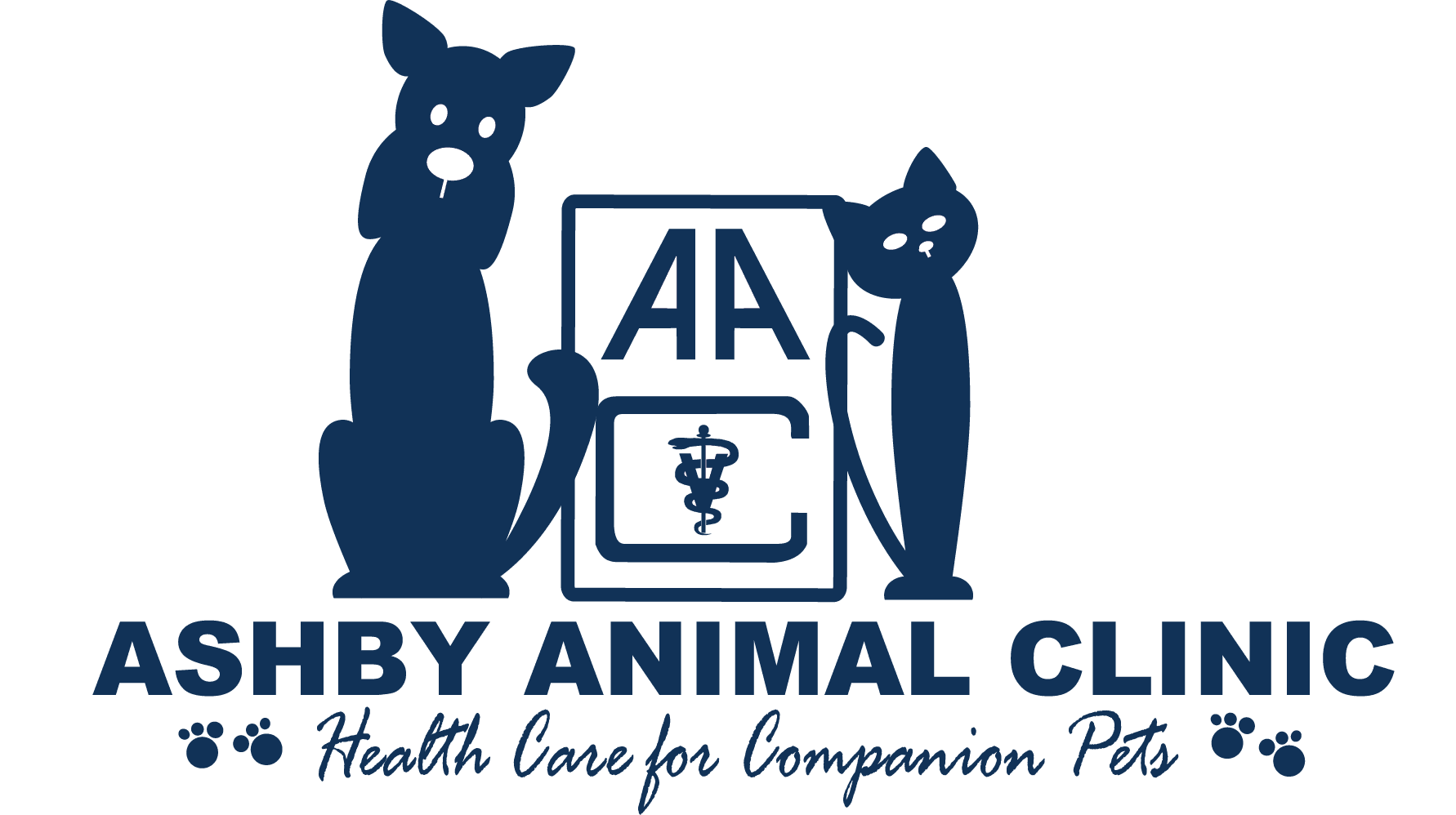Dog Dehydration: Signs, Treatment and Prevention

Dogs depend on proper hydration for their health and energy. While most pets drink enough water on their own, there are times when they may not get what they need, especially during hot Virginia summers or after vigorous activity. Dog dehydration can develop quickly, and without prompt attention, it may lead to serious complications. Understanding the signs, possible treatments, and ways to prevent dehydration helps you protect your pet’s well-being and recognize when professional care is needed.
What is Dog Dehydration?
Dog dehydration occurs when the body loses more fluids than it takes in. Since water supports every system in the body—from digestion to temperature regulation—a lack of it impacts your pet’s health rapidly. Dogs lose water through normal daily activities like panting, breathing, and urinating, but when intake doesn’t match fluid loss, dehydration sets in.
Certain factors increase the risk of dog dehydration. Warm weather, strenuous exercise, vomiting, diarrhea, and some underlying conditions can all reduce a dog’s fluid levels. Puppies, seniors, and small breeds may be especially vulnerable.
Common Signs of Dog Dehydration
Recognizing the signs of dog dehydration allows you to take action sooner rather than later. Some symptoms may appear mild at first but can quickly worsen.
Physical Symptoms
- Dry nose and gums – A healthy dog’s gums should feel moist, not sticky or tacky.
- Sunken eyes – Dehydrated dogs often develop a hollow appearance around the eyes.
- Loss of skin elasticity – If you gently lift the skin on your dog’s shoulders and it doesn’t snap back quickly, dehydration may be present.
Behavioral Symptoms
- Lethargy – Dehydrated dogs may seem unusually tired or unwilling to move.
- Excessive panting – Heavy breathing can signal overheating and fluid loss.
- Loss of appetite – Many dogs eat less when dehydrated.
Severe Warning Signs
- Weakness or collapse – Advanced dehydration may cause your dog to stumble or faint.
- Thick, rope-like saliva – Saliva changes texture when hydration levels drop significantly.
- Increased heart rate – The cardiovascular system struggles when fluids are low.
If you notice any combination of these symptoms, your next step should be contacting your veterinarian.
Causes of Dog Dehydration
While heat is the most common culprit, several situations may lead to dog dehydration.
Heat and Overexertion
Dogs cool themselves primarily by panting. In hot weather, panting leads to faster fluid loss, especially if exercise is involved.
Gastrointestinal Upset
Vomiting and diarrhea remove significant amounts of water from the body in a short period.
Medical Conditions
Kidney disease, diabetes, and certain infections may increase the likelihood of dehydration.
Limited Water Access
Sometimes the simplest reason is the most overlooked: not enough fresh water available. Dogs rely on clean bowls, frequently refreshed, to stay hydrated.
How Veterinarians Treat Dog Dehydration
When your veterinarian diagnoses dog dehydration, treatment depends on the severity. Mild cases may only require monitored fluid intake at the clinic. More advanced cases often involve intravenous (IV) fluids, which restore hydration quickly and safely.
Steps Taken by Your Vet
- Physical exam – Checking gums, eyes, skin elasticity, and heart rate.
- Diagnostic testing – Bloodwork or urinalysis may be performed to rule out underlying illness.
- Fluid therapy – Administered through IV or subcutaneous injection.
- Monitoring – Dogs may remain under observation until stable.
Professional treatment is the only reliable way to restore balance when dehydration is more than mild.
Prevention Tips for Dog Dehydration
Preventing dog dehydration starts with daily awareness. By making small adjustments, you can help your pet stay hydrated in any season.
Provide Constant Access to Fresh Water
Keep water bowls full and refresh them several times a day. Consider placing multiple bowls around your home and yard.
Hydrate During Walks and Playtime
Bring a portable water bottle and collapsible dish when walking or hiking. Offer water breaks every 15–20 minutes in warm weather.
Watch Activity Levels in the Heat
Limit outdoor exercise during the hottest parts of the day. Walk your dog early in the morning or later in the evening when temperatures are lower.
Monitor Their Diet
Some dry foods may increase a dog’s water needs. Ask your veterinarian whether adding moisture to meals could support your pet’s hydration.
Keep an Eye on Risk Factors
Senior dogs, puppies, and those with medical conditions may need more careful monitoring.
When It’s Time to Call Your Veterinarian
If your dog shows persistent signs of dehydration, professional care is necessary. Since dehydration may also point to an underlying health issue, delaying treatment could put your pet at risk. Calling your veterinarian gives your dog the best chance at a safe and swift recovery. By learning the signs, understanding possible treatments, and taking preventative steps, you can make sure your dog stays healthy and comfortable. If you ever have concerns about dog dehydration, contact Ashby Animal Clinic in Harrisonburg, VA at (540) 433-9174. Our team is here to answer your questions and provide the care your pet needs.
About Us
Ashby Animal Clinic has proudly served the Harrisonburg community for over 50 years, offering personalized veterinary care for pets at every stage of life. With a dedicated team and a wide range of services, we focus on providing individualized attention and advanced medical support to every patient.
Have questions after reading this blog or need to schedule care for your pet? Call Ashby Animal Clinic or request an appointment online. We’re here to help!
